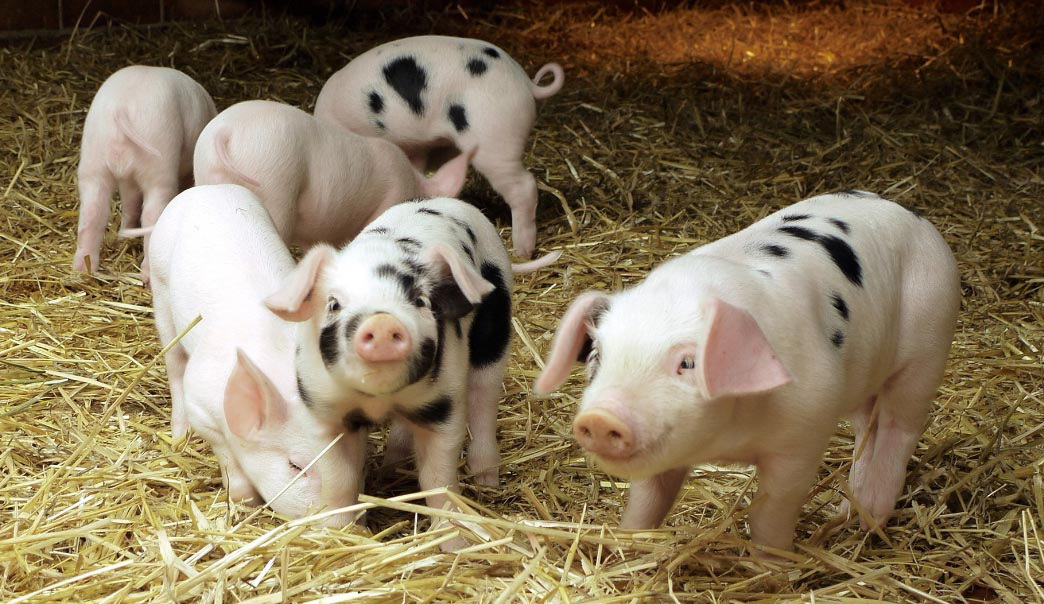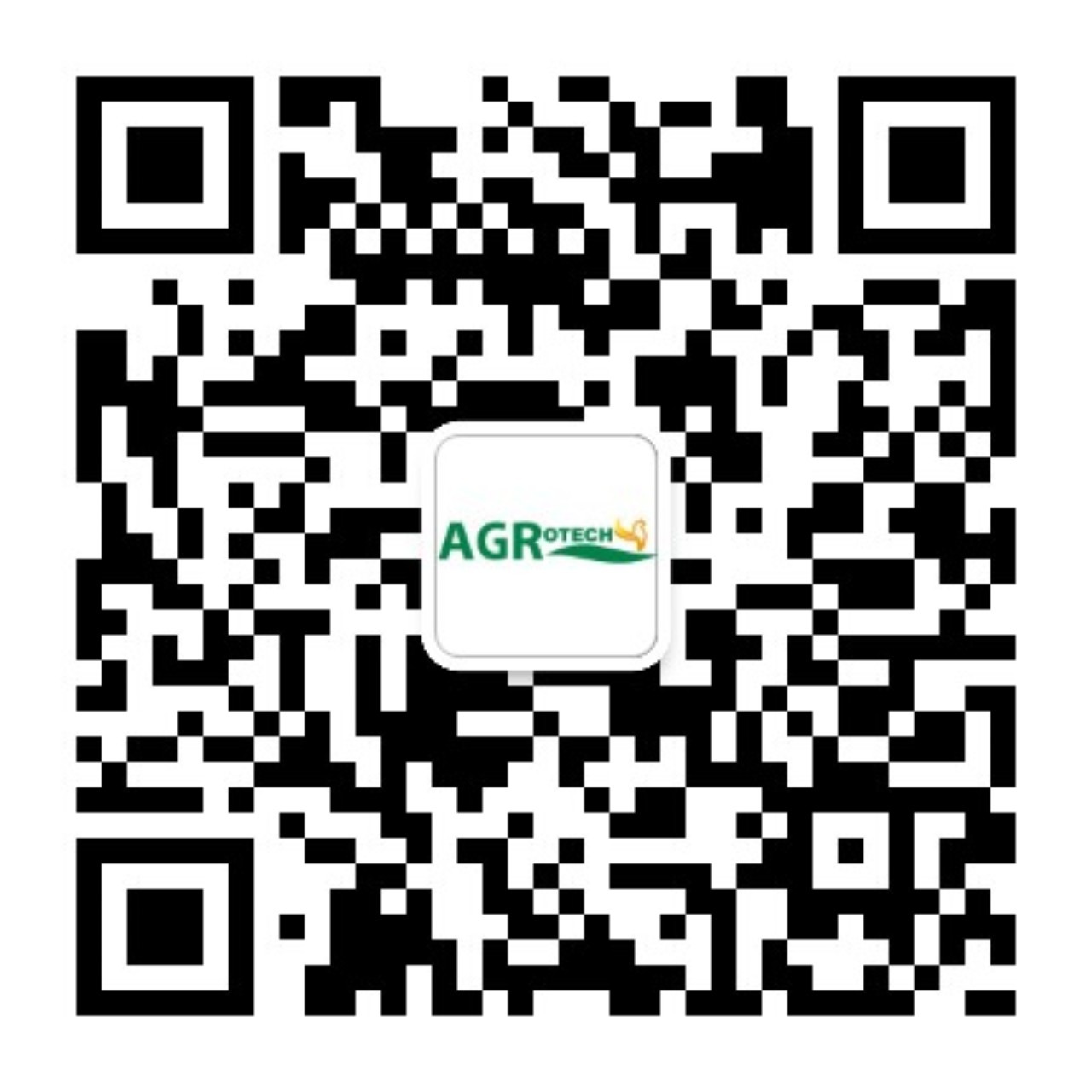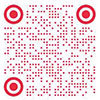News Center
News Details
Qiao Shiyan: The ban on antibiotics in feed is very urgent
Release time:
2014-12-31 00:00
Source:

Professor Qiao Shiyan, a professor at the College of Animal Science and Technology, China Agricultural University, accepted an interview with a reporter regarding additives in feed, animal drinking water, and livestock and poultry aquaculture, stating that the ban on antibiotics in feed is urgent.
Feed additives meet the nutritional needs of animals and improve their health.
Reporter: What substances can be added to feed, animal drinking water, and livestock and poultry aquaculture?
Qiao Shiyan: Feed is an important input for livestock and poultry aquaculture, accounting for 60%—80% of the breeding cost. Like humans, animals need energy, protein, amino acids, mineral trace elements, vitamins, and other nutrients for growth. Not only is the right quantity of these nutrients required, but also the right proportions.
Only by adding some nutrients to the feed in the form of additives can the animals' needs be met, and a nutritionally balanced feed can be formulated. This is where feed additives come in. The Ministry of Agriculture of China allows the use of 13 categories of feed additives, including amino acids, vitamins, mineral trace elements, enzyme preparations, and feed microorganisms. This is also the case in other countries. Substances added to animal drinking water are mainly drugs, including antibiotics and traditional Chinese medicine, as well as vitamins, mainly for health maintenance and disease prevention and treatment.
In summary, the purpose of using additives in animal feed, including animal drinking water, is: firstly, to meet the nutritional needs of animals; secondly, to improve the efficiency of animal feed utilization and save grain, such as enzyme preparations; thirdly, to improve the health of animals, such as microbial additives; and fourthly, to improve the quality of the feed itself, such as mold inhibitors.
Feed additives must be used in appropriate amounts, and antibiotics are closely related to human health.
Reporter: What side effects can these additives have?
Qiao Shiyan: In animal nutrition, substances added to animal feed are divided into nutritional additives and non-nutritional additives. Among nutritional additives, excessive addition of trace elements such as copper and zinc may lead to imbalances in trace elements in the soil. The Ministry of Agriculture of China has set limits on the addition of trace elements to feed. Like humans, animals have a quantitative relationship with all edible substances. For example, selenium is a very important nutrient; deficiency will cause illness, but excess will cause poisoning. Many regions in China are selenium-deficient, so selenium is a necessary additive in animal feed, and China has strict regulations on the amount of selenium added to feed.
There are many types of non-nutritional additives, including enzyme preparations, feed microorganisms, antibiotics (drug additives) that improve animal health and the utilization rate of feed nutrients, and feed flavoring agents, binders, antioxidants, and mold inhibitors that improve feed quality.
Among these additives, antibiotics are most closely related to human health. Excessive addition may lead to drug residues and may transfer bacterial resistance genes to non-resistant strains in humans, which is a global concern. Many countries around the world have imposed strict regulations on the use of antibiotics in feed. However, a complete ban on the use of antibiotics in feed will take time.
Reporter: Why are antibiotics added to feed?
Qiao Shiyan: Antibiotics added to feed usually refer to antibiotics added to promote animal growth. The phenomenon that adding antibiotics to feed promotes animal growth was discovered by American scientists in 1945, and later, antibiotics were gradually and widely used in feed worldwide. Academically, we call antibiotics used in feed "feed antibiotics." Later, due to the discovery of a relationship between the use of antibiotics in feed and the development of bacterial resistance (bacterial resistance is the resistance of a certain bacterium to one or more antibiotics, for example, superbugs are bacteria with strong resistance to antibiotics), the EU banned the use of all antibiotics in feed from 2006, and Japan from 2008. Some countries, such as the United States, restrict the use of certain antibiotics as feed additives. The Ministry of Agriculture of China currently allows the use of 24 types of antibiotic drug additives in feed.
In recent years, numerous animal food safety incidents have been caused by illegal additives.
Reporter: Why are illegal additives misused?
Qiao Shiyan: The production of animal products involves many links, including breed selection, farm construction, feed nutrition, feeding management, disease prevention and control, transportation, and slaughter and processing. In fact, China has relatively strict regulations on the amount of substances that can be added. Currently, the misused illegal additives that cause great harm include clenbuterol hydrochloride, ractopamine, and other lean meat-increasing substances, and melamine.
The misuse of illegal additives boils down to the pursuit of economic interests. I believe there are five main reasons:
First, those engaged in animal husbandry in China include thousands of households of farmers, small enterprises, and large and medium-sized enterprises. Currently, farmers and small enterprises are the main producers of pigs, dairy cows, and beef cattle, accounting for more than 70% of the output, and the vendors of illegal additives are ubiquitous, which poses great difficulties for safety supervision; second, China's animal husbandry industry is a very fragile industry, with rising feed raw material and transportation costs, and large fluctuations in market prices; third, there are many intermediate links in the purchase and sale of live animals, and some illegal additives are added during transportation and sales; fourth, the quality of personnel in the animal husbandry industry urgently needs to be improved; fifth, and very importantly, there is a lack of social responsibility, as evidenced by the food safety incidents that have occurred in some large enterprises. However, it is difficult for consumers to identify these additives; identification requires knowledge of nutrition.
To thoroughly solve the problem of animal food safety, a multi-pronged approach is necessary.
Reporter: How to solve the problem of animal food safety?
Qiao Shiyan: China's animal food safety problems actually include quantity safety and quality safety. Quantity safety refers to supply and demand balance. In terms of quality safety, China has also strengthened research on the detection technology of additives in feed and animal drinking water. To thoroughly solve the problem of animal food safety, a multi-pronged approach is necessary. In addition to strengthening safety supervision, improving the quality and social responsibility of practitioners, establishing a scientific macro-control mechanism for the livestock and aquaculture industry, strengthening scientific research and technological development in this field, improving the utilization rate of feed resources, developing alternative products and technologies for feed antibiotics, and reducing breeding costs are all necessary to ensure the effective and safe supply of China's livestock and poultry products.
(--From Feed People)
Previous page





